 In the mid-nineteenth century, a young man named Allan Pinkerton fled Scotland with a warrant on his head for his work agitating for labor rights. In the United States, he continued to fight for social justice. Beginning in 1844, he worked for Chicago Abolitionist leaders and his home outside of Chicago was a stop on the Underground Railroad. He was a close friend and ardent supporter of John Brown, helping him get runaway slaves to Canada. He was working as a barrel maker when he stumbled on a gang of counterfeiters. His handling of that incident began his career as a crime-solver, and in 1849, he was hired to be the first detective on the Chicago police force. Detective work was considered sleazy at that time—a way of profiting from other’s crimes. Pinkerton gave it a new meaning by making justice his mission. He created careful “detecting methods,” using psychology, logic, and clear thinking. These tools worked, and a year later, Pinkerton was able to set up his own company known as the North-Western Police Agency. This later became Pinkerton & Co. and then the Pinkerton National Detective Agency. In October, 1856 Pinkerton hired Kate Warne as the first woman detective in the United States. He was so impressed with her skill that he hired many other women (fifty years before any police department in America had female personnel.) While Pinkerton insisted that detectives must combine “considerable intellectual power and knowledge of human nature,” he discouraged them from pressuring confessions or taking statements from witnesses who were drunk. Above everything else, he valued the truth. Pinkerton ran the new spy agency, the Secret Service, for President Lincoln during the Civil War the same way he'd run his detective agency. He honed the art of “spycraft” and trained his agents the same way for both jobs, detective and spy. “The object of every investigation. . .is to come at the whole truth. . .There must be no endeavoring, therefore, to over-color or exaggerate anything against any particular individual, whatever the suspicion may be against him.” Pinkerton was working on a national criminal database when he died, but he left behind the legacy of his intelligence agency and a series of popular books about his cases, the first “true crime” stories in America. 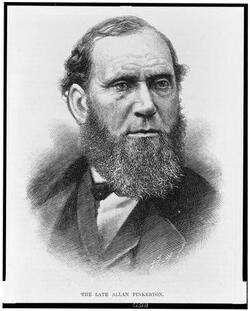 Left: A wood engraving of Pinkerton published in "Harper's Weekly" magazine in July 1884, the month of his death. Library of Congress Below: The Pinkerton Agency's iconic logo—a large, unblinking eye accompanied by the slogan “We Never Sleep”—gave rise to the term “private eye” as a nickname for detectives. 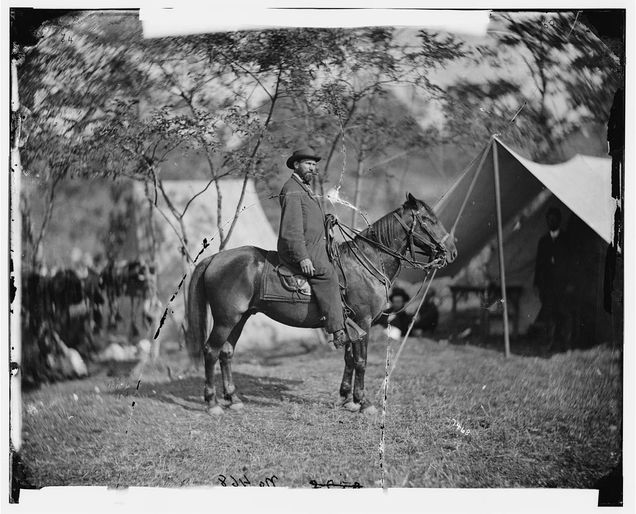 Pinkerton is shown on horseback on the Antietam Battlefield in 1862. Pinkerton served on several undercover missions as a Union soldier using the alias Major E.J. Allen. This counterintelligence work done by Pinkerton and his agents is comparable to the work done by today's U. S. Army Counterintelligence Special Agents in which Pinkerton's agency is considered an early predecessor. Library of Congress 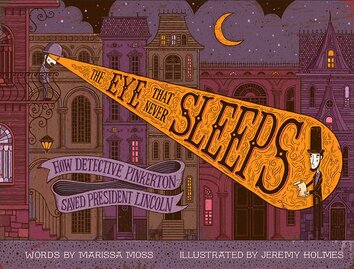 Award-winning author Marissa Moss has written the first children’s book about Allan Pinkerton. Everyone knows the story of Abraham Lincoln, but few know anything about the spy who saved him! Pinkerton had a successful detective agency, but his greatest contribution was protecting Abraham Lincoln on the way to his 1861 inauguration. Though assassins attempted to murder Lincoln en route, Pinkerton foiled their plot and brought the president safely to the capital. The Eye That Never Sleeps is illustrated with a contemporary cartoon style and includes a bibliography and a timeline.
0 Comments
Leave a Reply. |
The Nonfiction Minute returns on 9/12/20.We publish the Minutes for the coming week on Saturdays so teachers can make plans and we update the Minute for each day, so a new Minute appears at the top of the queue. ArchivesCategories |


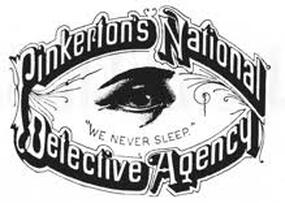
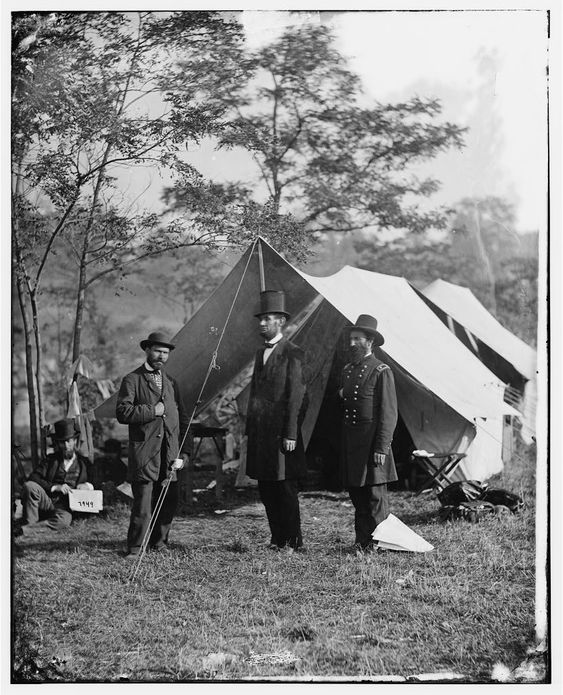
 RSS Feed
RSS Feed
